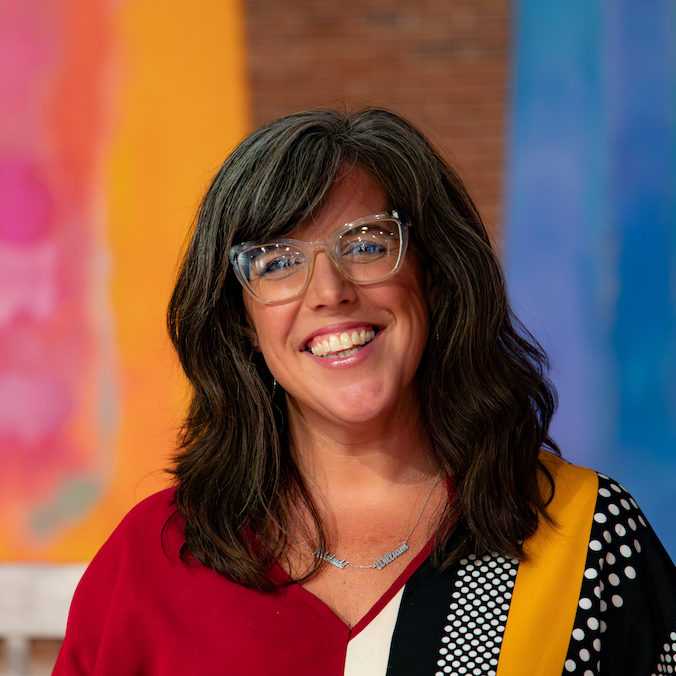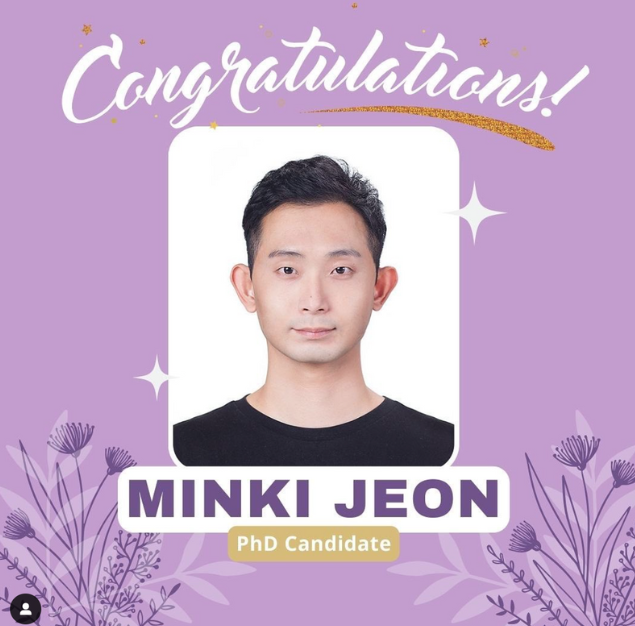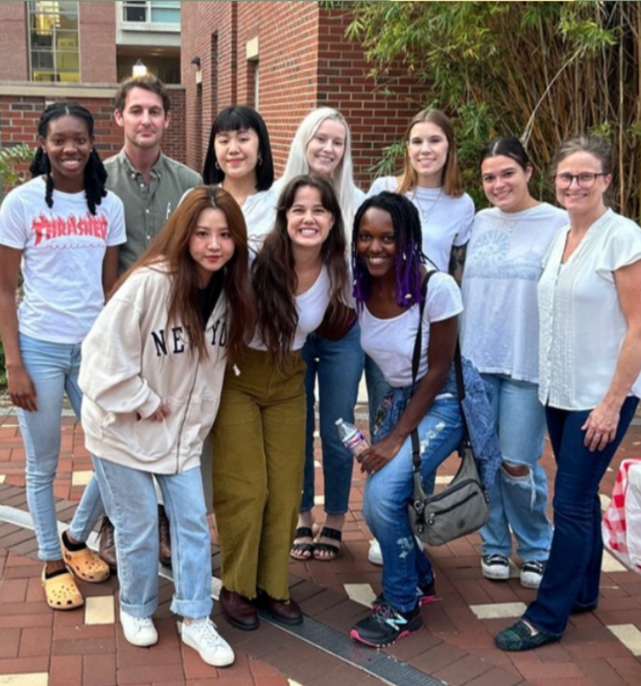Art Education News
We have some exciting news to share about recent changes to leadership in the Department of Art Education. We are pleased to announce Dr. Sara Scott Shield’s well-deserved promotion to Associate Dean of Academic Affairs of the College of Fine Arts at Florida State.
READ MORE »Florida State University’s Museum of Fine Arts (MoFA) presents a multidisciplinary exhibition that considers relationships between people, language, land and sea through the work of 10 Irish artists.
READ MORE »Celebrating Excellence by FSU Department of Art Education
READ MORE »Art Therapy Program Hosts Advocacy Event by FSU Department of Art Education
READ MORE »Connecting Through Art by FSU Department of Art Education
READ MORE »The Florida State University Department of Art Education was once again well represented at the 2023 Florida Art Education Association Conference in Ponte Vedra Beach in October. Faculty, alumni and
READ MORE »More News »















